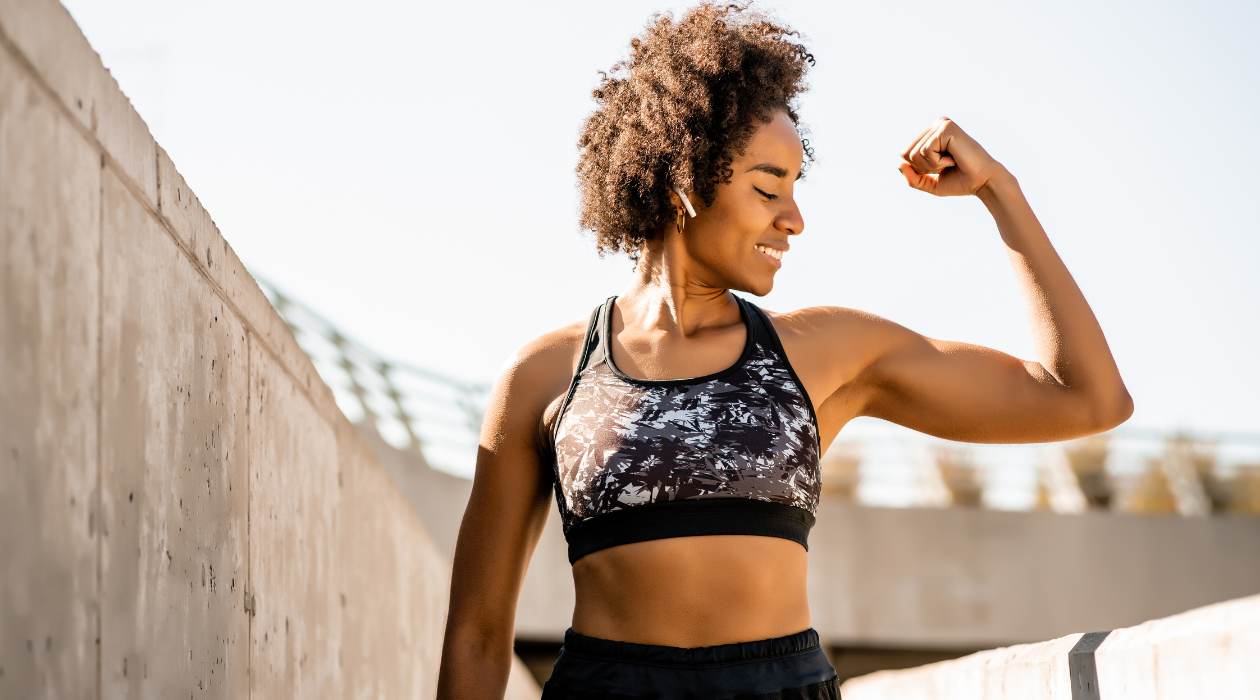If brands value women, why do they undervalue women’s sports?

[Header image credit: Canva]
The following opinion piece by TMA’s Steffanie Golliher originally appeared in The Drum. Read the original story here.
Women’s sports have been steadily growing their exposure, fan base and stature in the media, making them one of the greatest investment opportunities for marketers. By investing in women’s sports and in female athletes, marketers can capitalize on fan passion and shifting consumer attitudes to grow an emotionally connected audience that buys because they believe.
On the heels of the #MeToo movement and with ever-increasing recognition of unconscious (and often conscious) biases in our society, consumers are paying attention to what brands say and do – and they’re not letting anyone get away with bad behavior. Consumers have grown wary of ’woke-washing’ and are demanding more authentic, consistent brand action. Many are even walking away from brands that don’t share their values, rewarding instead those that do.
Some brands have already started aligning their investments with the values they espouse. Recently rebranded Victoria’s Secret partnered with Megan Rapinoe. Athleta swooped up values-aligned Simone Biles and Allyson Felix after they parted ways with Nike. HBO Max and CNN Films collaborated on a documentary about the US women’s national soccer team’s fight for pay equity. Secret contributed more than $500,000 to US women’s soccer to help close the pay gap. And Calm supported Naomi Osaka by offering to pay fines incurred by players for opting out of mandatory media appearances. These brand efforts not only resonate with women’s sports fans but also consumers who are looking to brands to be agents of social change.
Understanding the basis of inequity
Achieving equitable pay, exposure and opportunity in women’s sports is no easy feat and we’re unlikely to get there if we stay mired in ostensibly objective conversations about return on investment. ROI is beside the point – the models are fundamentally flawed because they are based on inequity and used to justify inequity.
In Invisible Women: Data Bias in a World Designed for Men, Caroline Criado Perez posits the existence of a gender data gap that biases the types of data we collect and the ways in which that data is employed in favor of men. Criado Perez argues we must then look beyond the data, as numbers alone provide an incomplete picture.
This larger picture starts to come together when we look at the foundation of professional sports in the US. When the first professional sports league, Major League Baseball, was founded in 1869, women were 50 years away from the vote, 100 years from equal rights and largely excluded from educational opportunities and sports participation. The nascency of women’s professional sports coupled with centuries of limited opportunity has placed women at the disadvantage of building fandom in a society taught to believe men are more worthy of playing, watching and paying.
It’s time to invest in women
To really combat inequity and make a difference in the hearts and minds of consumers, more brands need to invest in ways that will elevate the pay, exposure and opportunity of female athletes. Here are some ways to start:
Pay: Brands may not be able to control how much an athlete is paid by a league, but they can implement equal pay for athletes leveraged in their own marketing efforts. Rather than paying based on subjectively objective ’market value,’ pay male and female athletes the same amount for the same work.
Exposure: Amplify the activism of female athletes by using owned channels to share athletes’ stories or co-created narratives highlighting the brand, athlete and shared cause. The WNBA alone is full of player advocates who support causes like Say Her Name and have powerful stories to tell.
Opportunity: Leverage the flexibility offered by sponsorship deals in women’s leagues to develop partnerships that make a difference. Work with leagues to create community programs that offer girls the much-needed opportunity and encouragement to play sports in comfortable, safe spaces.
Now more than ever, consumers want to invest their money and time in brands, properties and public figures with shared values. They’re not afraid to cancel, boycott or otherwise tune out all things inconsistent, inauthentic and problematic.
Brands have an incredible opportunity to show what we stand for by investing in causes that matter to us and to our consumers.
Writer turned marketer Steffanie Golliher is director of consumer engagement strategy at TMA in Dallas.


